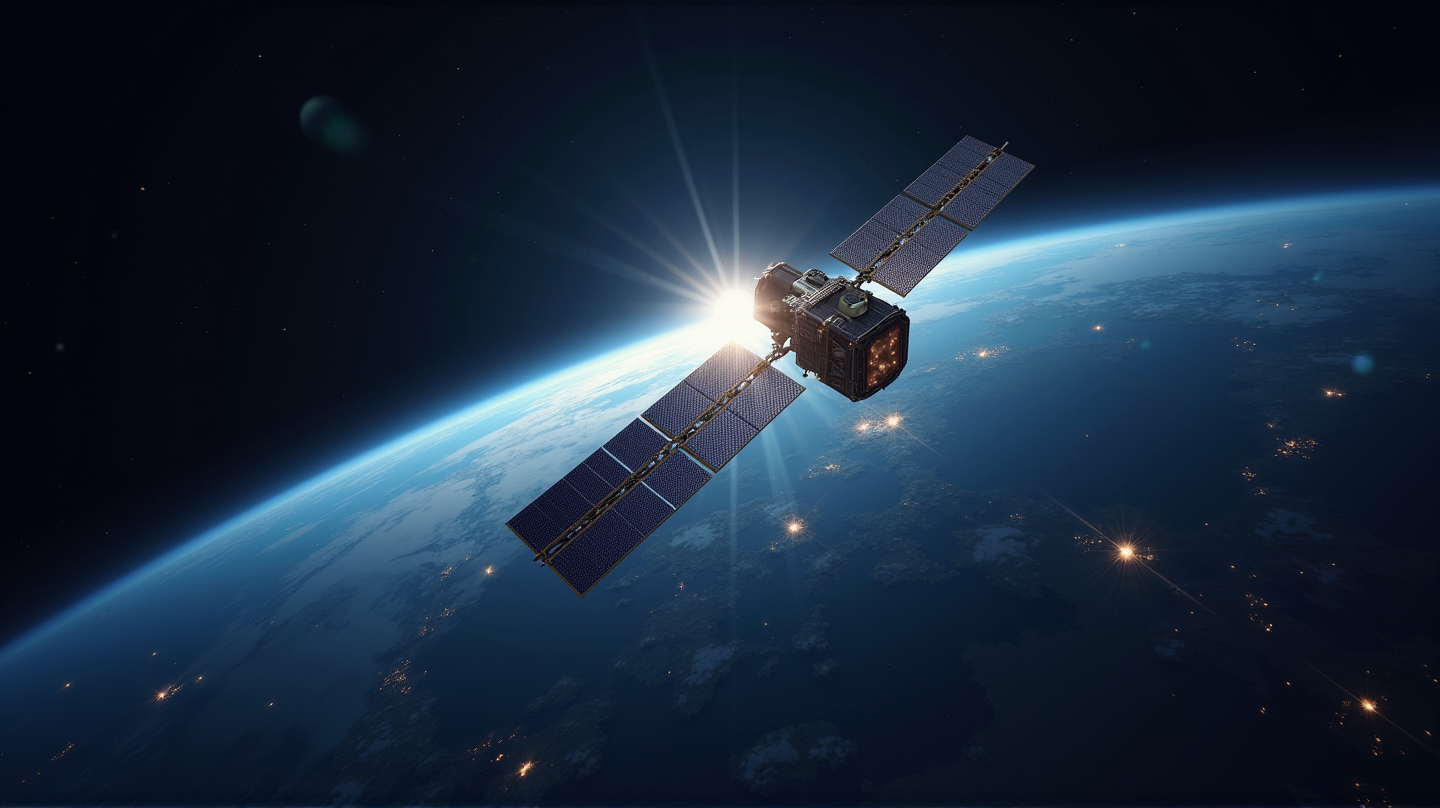Small Satellites: Propelling Space Access and Innovation
Explore the explosive growth and transformative impact of the small satellite market on space access, driven by technological advancements and commercial ventures.

The global small satellite market is on a trajectory of substantial growth, projected to soar from USD 6,654.7 million in 2025 to USD 21,950.8 million by 2035. This rapid expansion is driven by breakthroughs in satellite technology, an expanding communication network, and a greater need for earth observation capabilities. According to FMIBlog, the market will witness widespread adoption as sectors like military, communication, and science aim to enhance global connectivity and data-driven decision-making. With a CAGR of 12.7%, the scene is set for a revolutionary change.
Breaking the Monoliths of Space
Once the realm of extensive, government-managed missions, the space industry is experiencing a paradigm shift. Small satellites, known for their compactness and versatility, are empowering commercial ventures, scientific research, defense capabilities, and communication networks. The agility and scalability of smallsats are crafting a more democratized era of space exploration, providing new opportunities and diminishing previous limitations.
The Multifaceted Role of Smallsats
Smallsats encompass an array of classifications, including microsatellites, nanosatellites, and CubeSats. They have emerged as agile platforms critical for a variety of missions. From Earth observation and climate tracking to complex telecommunications, small satellites empower organizations to accomplish tasks with unprecedented financial and logistical efficiency. Be it for testing new technologies or gathering pivotal data, these satellites have unlocked endless possibilities.
Commercial Horizons Expanding
Private enterprises are at the forefront, harnessing the potential of smallsats to facilitate broadband internet services, global asset tracking, and industry-specific data platforms. They are upending traditional space business models with subscription-based services and satellite constellations working in synchronicity. This innovation is rendering the market more accessible and nurturing cutting-edge developments across multiple industries.
Strategic Edge through Government and Defense
Governments and defense sectors are harnessing small satellites for crucial missions encompassing surveillance, reconnaissance, and secure communication. Rapid deployment capability coupled with enhanced intelligence allows for timely responses in disaster situations, border surveillance, and environmental monitoring. The cost-effective nature of smallsats renders them indispensable for a vast array of governmental applications.
Industry Insights and Launch Strategies
Predominantly operating in low Earth orbit (LEO), small satellites benefit from improved resolution and reduced latency. The burgeoning growth of mega-constellations, networks of interlinked satellites, calls for mass-produced, modular platforms. This development is crucial for ensuring global connectivity, paving the way for closing the ever-prevailing digital divide.
The small satellite boom necessitates inventive launch solutions. Innovation in dedicated launch vehicles, ridesharing programs, and space tugs are propelling the frequency and affordability of these missions. Technological progression is pivotal for scalable production models, making space increasingly accessible to startups, universities, and research bodies worldwide.
Navigating Challenges: Traffic and Spectrum
Despite their promise, small satellites come with inherent challenges of space traffic management and orbital debris mitigation. Effective collision avoidance, coordinated operation, and spectrum allocation demand regulatory synergy and international collaboration to ensure sustainable progress and secure operations.
Onwards: Towards a Collaborative Space Future
Future prospects for the small satellite market encompass a myriad of developments. Autonomous satellite systems, enhanced interconnectivity, and burgeoning roles in in-space manufacturing await realization. As we transcend into uncharted territories, smallsats remain key to harnessing an interlinked, service-oriented space age.
Small satellites have indelibly altered the landscape of what is plausible in space exploration. As we envisage a future rooted in innovation and inclusivity, their impact within the space economy is destined to be profound, fostering an epoch ripe with endless possibilities.

